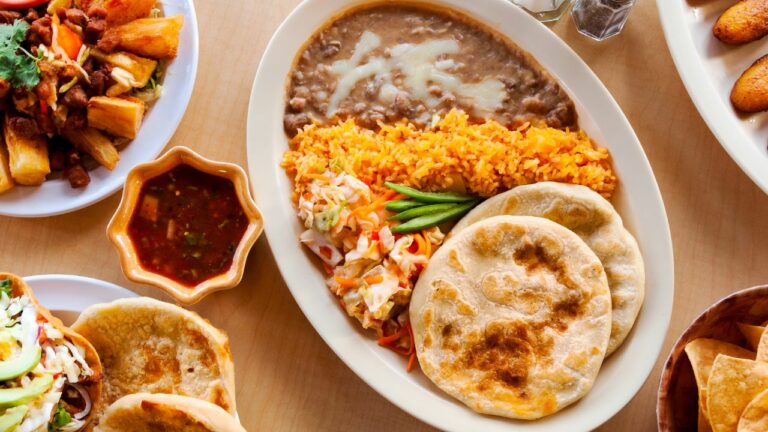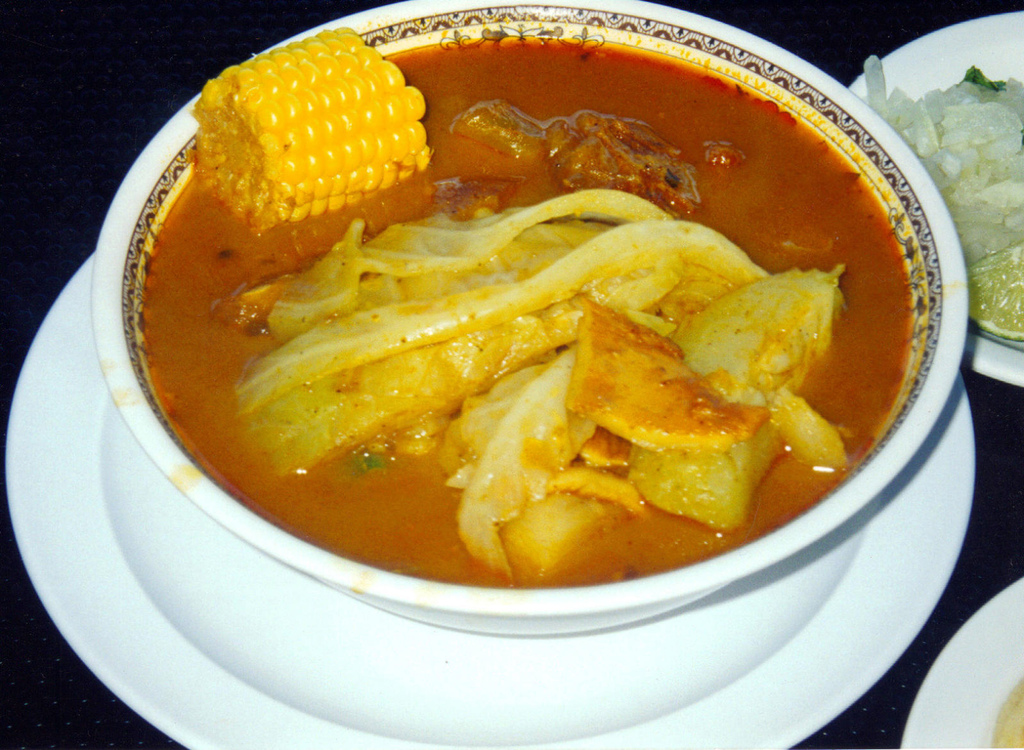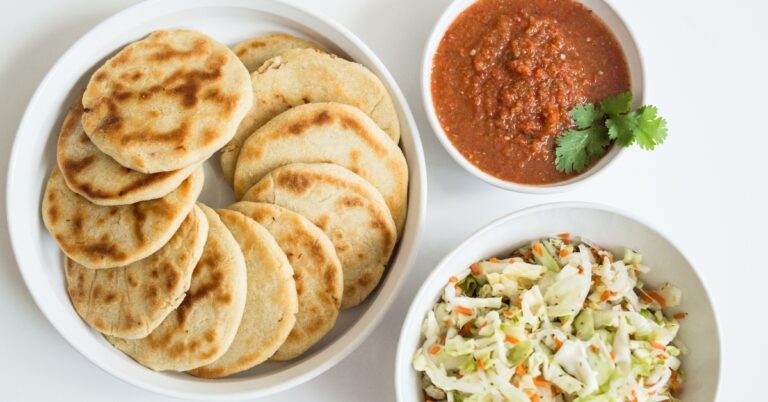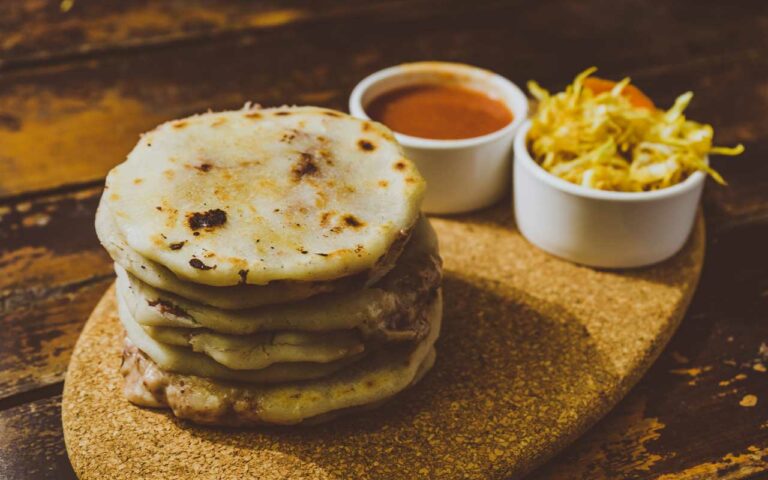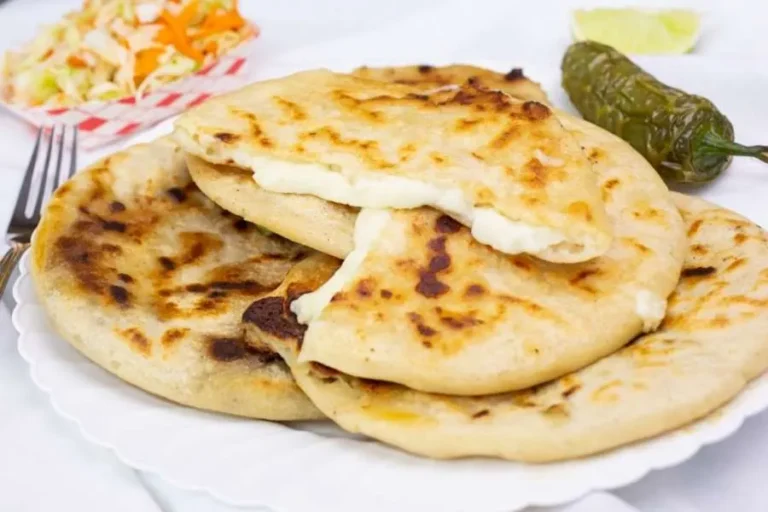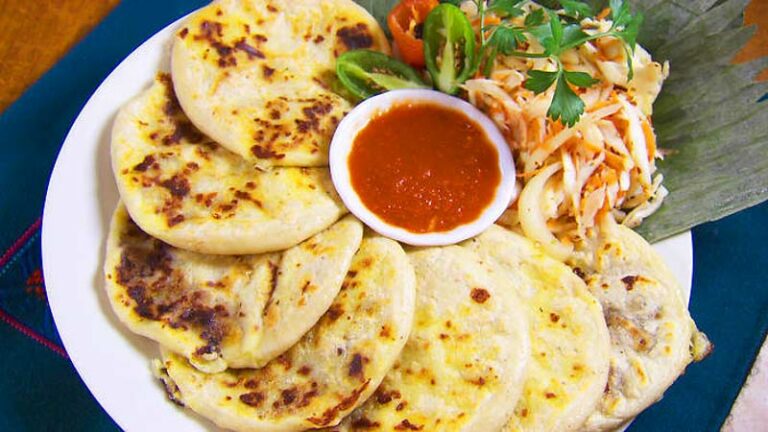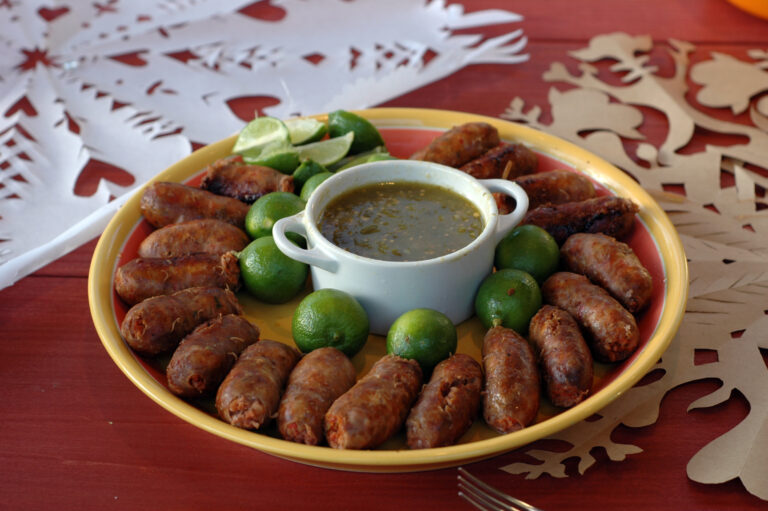Introduction: El Salvadoran Beverages
El Salvadoran cuisine is diverse and flavorful, with a range of unique dishes and ingredients. However, when it comes to beverages, the country has some equally interesting and delicious options that are worth exploring. From sweet and creamy drinks to chocolatey corn-based ones, El Salvadoran beverages are sure to surprise and delight any adventurous drinker.
Horchata: A Sweet and Creamy Drink
Horchata is a popular beverage in many Latin American countries, but El Salvador’s version is unique. It is made using a combination of rice, milk, sugar, and cinnamon, which creates a sweet and creamy drink with a slightly nutty flavor. Horchata is often served cold and is a refreshing beverage on a hot day. It is also a popular accompaniment to El Salvadoran desserts such as sweet bread.
Tiste: A Chocolatey Corn-Based Drink
Tiste is a traditional El Salvadoran drink that is made using masa (corn dough), cocoa powder, and spices such as cinnamon and cloves. The mixture is then diluted with water or milk and sweetened with sugar or honey. The resulting beverage is a rich, chocolatey drink with a slightly grainy texture. Tiste is often served during the Christmas season and is a popular choice for holiday gatherings.
Kolachampan: A Carbonated Fruit Punch
Kolachampan is a unique El Salvadoran beverage that is a combination of carbonated soda, fruit juice, and sugar. The resulting drink is a sweet and refreshing fruit punch that is popular among children and adults alike. Kolachampan is often served during celebrations and parties, and it is a great alternative to traditional soda.
Atol de Elote: A Corn-Based Hot Drink
Atol de Elote is a hot and creamy drink that is made using corn, milk, sugar, and spices such as cinnamon and cloves. The ingredients are simmered together until they reach a thick and smooth consistency, resulting in a hot and comforting beverage that is perfect for chilly evenings. Atol de Elote is often served as a breakfast drink or as a mid-morning or mid-afternoon snack.
Ensalada: A Fruity and Creamy Drink
Ensalada is a refreshing El Salvadoran beverage that is made using a combination of tropical fruits such as papaya, pineapple, and banana, and milk or cream. The mixture is then sweetened with sugar and flavored with cinnamon and vanilla. Ensalada is a creamy and fruity drink that is often served as a dessert or a mid-morning or mid-afternoon snack.
Semilla de Jicaro: A Nutty and Smoky Drink
Semilla de Jicaro is a unique El Salvadoran beverage that is made using the seeds of the jicaro tree. The seeds are roasted then ground into a powder, which is then mixed with water or milk and sweetened with sugar. The resulting drink has a nutty and slightly smoky flavor, and it is often served during the Christmas season.
Chilate: A Spicy and Sweet Drink
Chilate is a traditional El Salvadoran beverage that is made using a combination of cornmeal, cacao, cinnamon, sesame seeds, and spices such as anise and cloves. The ingredients are then mixed with water or milk and sweetened with sugar. The resulting drink is a spicy and sweet beverage that is often served as a breakfast drink or as a mid-morning or mid-afternoon snack.
In conclusion, El Salvadoran beverages offer a range of unique and delicious options for any adventurous drinker. From sweet and creamy horchata to spicy and sweet chilate, these beverages are an excellent way to explore the flavors of El Salvadoran cuisine.

